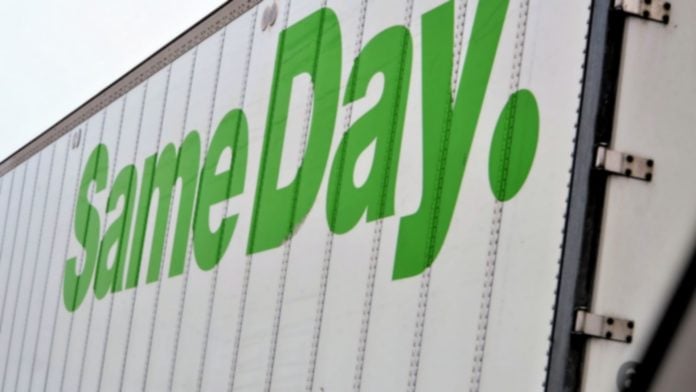Amazon has announced a significant expansion of its same-day and next-day delivery services, aimed at enhancing shopping experiences for customers across the United States, particularly in smaller cities, towns, and rural communities. By the end of the year, over 4,000 locations will benefit from expedited delivery of thousands of popular items, addressing a pivotal issue: accessibility to essential goods in areas far from traditional retail hubs.
Doug Herrington, CEO of Worldwide Amazon Stores, stated, “Everybody loves fast delivery. So, whether you live in Monmouth, Iowa or in downtown Los Angeles, now you’re going to have the same fantastic Amazon customer experience.” This statement underscores the company’s commitment to providing equitable access to its vast array of products, helping to level the playing field for consumers in less populated areas.
A Transformative Service
The expansion is designed not just to speed up delivery times but to fundamentally improve the quality of life for customers in rural regions. Many of these areas have limited options when it comes to shopping, often forcing residents to travel significant distances for basic household items. The accelerated delivery models, which include free same-day services for Prime members on orders exceeding $25, will save customers both time and money, translating into a more efficient shopping experience.
In particular, Amazon’s focus on everyday essentials—ranging from groceries to household goods—aims to meet immediate needs. Customers often prefer receiving critical items like paper towels, diapers, or pet supplies quickly rather than waiting days, making this service especially relevant. Reports indicate that orders for these essentials in newly served areas have significantly increased, with over 90% of top-reordered items being everyday essentials.
Real-World Implications for Small Businesses
The implications of this service expansion are profound for small business owners. With increased delivery speeds available throughout rural America, small retailers may face heightened competition from Amazon. As consumers gain access to rapid delivery options, the pressure may mount on local businesses to enhance their own services. Small business owners should consider how they can leverage their unique strengths—such as personalized service, community engagement, and local knowledge—to differentiate themselves in this evolving landscape.
Moreover, small businesses could explore partnerships with local delivery services or adjust their delivery models to adapt to expanded consumer expectations. For instance, adopting quick turnaround times or offering unique products that Amazon does not stock could provide a competitive edge.
Investing in Infrastructure
To support this delivery expansion, Amazon is investing over $4 billion into its logistics network, aiming to triple the size of its delivery infrastructure by 2026. This investment opens numerous job opportunities, creating an average of 170 positions per new delivery station. These roles offer wage benefits that are notably higher than the federal minimum, as well as other advantages, such as healthcare from day one of employment.
Amazon’s strategy of transforming existing rural delivery stations into hybrid hubs, which store inventory for rapid dispatch, maximizes efficiency and minimizes transportation distances. This method represents an innovative use of logistics to forge deeper connections with customers, fulfilling their needs more effectively.
A Personalized Shopping Experience
In addition to speed, Amazon employs advanced machine learning algorithms to stock items that are likely to resonate with local Prime members. This approach tailors the shopping experience to specific geographical preferences, ensuring that consumers find products that meet their unique needs. For example, residents in Findlay, Ohio may see a different set of recommended items compared to those in Gauley Bridge, West Virginia.
Small business owners should take note of this shift towards personalized shopping experiences. Leveraging data analytics and understanding community preferences could empower local retailers to cater to their customer bases more effectively.
Navigating Potential Challenges
Despite the clear advantages of faster delivery systems, small business owners must remain vigilant. Increased competition from giants like Amazon could jeopardize market share for local businesses unless they adapt quickly and strategically. Potential pitfalls include reliance on low-cost offerings that may not be sustainable or failing to create a distinctive brand identity that resonates with consumers.
With consumer behavior evolving rapidly, small businesses are urged to remain agile, establishing strong community ties and emphasizing the unique value they bring to the table.
For those interested in how Amazon’s new delivery service might affect their operations, more information can be found at Amazon’s press release. By staying informed, small business leaders can navigate the complexities of an increasingly competitive environment.
Image Via Envato: maginnislaura



